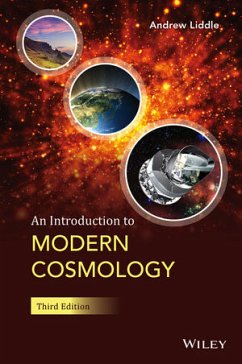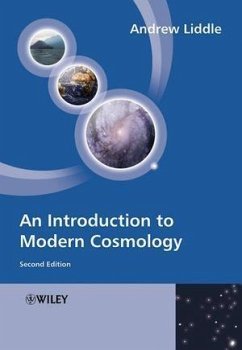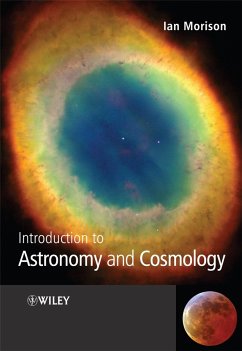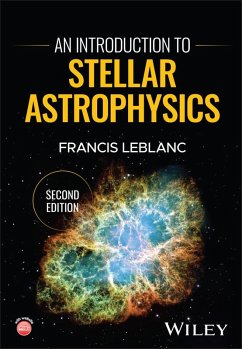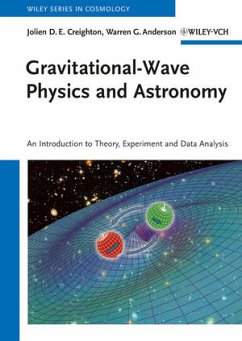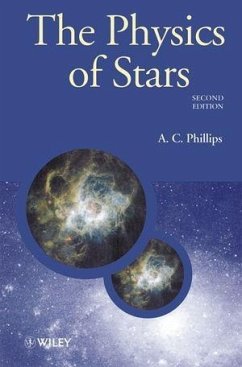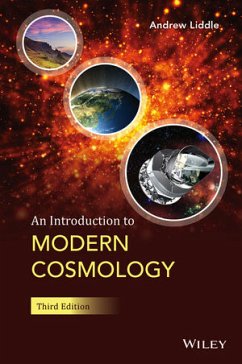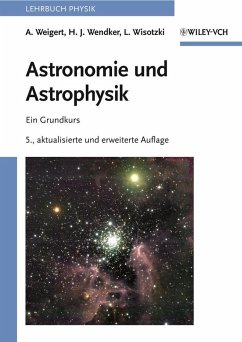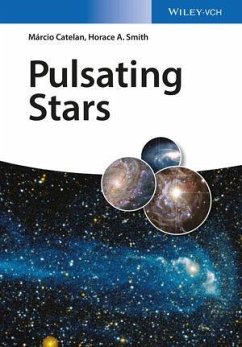
Introduction to Astronomy and Cosmology (eBook, ePUB)
Versandkostenfrei!
Sofort per Download lieferbar
48,99 €
inkl. MwSt.
Weitere Ausgaben:

PAYBACK Punkte
0 °P sammeln!
Introduction to Astronomy & Cosmology is a modern undergraduate textbook, combining both the theory behind astronomy with the very latest developments. Written for science students, this book takes a carefully developed scientific approach to this dynamic subject. Every major concept is accompanied by a worked example with end of chapter problems to improve understanding * Includes coverage of the very latest developments such as double pulsars and the dark galaxy. * Beautifully illustrated in full colour throughout * Supplementary web site with many additional full colour images, content, and...
Introduction to Astronomy & Cosmology is a modern undergraduate textbook, combining both the theory behind astronomy with the very latest developments. Written for science students, this book takes a carefully developed scientific approach to this dynamic subject. Every major concept is accompanied by a worked example with end of chapter problems to improve understanding * Includes coverage of the very latest developments such as double pulsars and the dark galaxy. * Beautifully illustrated in full colour throughout * Supplementary web site with many additional full colour images, content, and latest developments.
Dieser Download kann aus rechtlichen Gründen nur mit Rechnungsadresse in D ausgeliefert werden.



